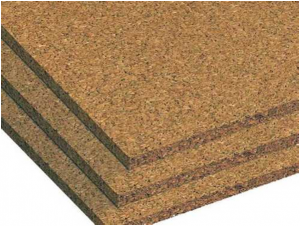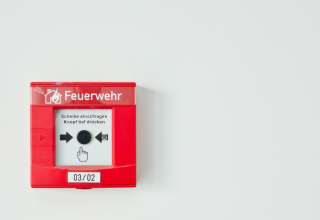From wine stoppers to container lids, shoe soles, wallets, bags, containers, trays, or forms of decoration, the cork material is very useful, desirable and versatile. It is elastic, fire-resistant, buoyant, impermeable to air and liquids, and also durable.
It is derived from the bark of the cork oak tree, QuercusSuber. This tree can really grow big and it has a very thick and rugged bark. The bark is harvested without a need to cut down the tree and this can be done many times over for several years without harming the tree. It is generally found in southwest Europe and Northwest Africa. However, there is a huge reserve in Portugal where about half of the world’s cork is harvested yearly. You can learn more about it here.
The tree’s average life span is 200 years. It grows in desolate places and on alkaline soils where many other trees may not survive. It grows slowly, requiring some time before the bark is fully matured. Typically, it is harvested for the first time when the tree is about 25 years of age. If harvested before it is fully matured, you will get poor quality products. The first harvest is also not of very great quality and is basically used for making shoes, flooring, insulation and so on. Subsequently from the second harvest, you start to get higher quality products which are referred to as “gentle”.
How is it Harvested?
Cork harvesting requires skill, practice, and patience as it must be harvested in a way that does not hurt the inner layers of the tree but yet maximizes its yield and size. Harvesting is done between early May and late August. One tree can yield up to 100 pounds of bark which can make around 4000 bottle stoppers. It can be harvested subsequently every 9-12 years. In Portugal, the current minimum number of years allowed between harvests is 9. The year it was harvested is usually marked on the tree trunk so it is not harvested again at the wrong time.
Because it is naturally occurring and has various properties and characteristics, it is used in and for a wide range of products (see this link https://www.trendhunter.com/slideshow/cork-products) with wine stoppers being the most common. It can withstand wear and tear and it is environmentally friendly, biodegradable and economically useful.
Harvested barks are stored on concrete to lower the risk of it been contaminated for about 6 months before they are processed. It passes through various stages during the production process depending on the final product it will be used for. First, it is boiled to remove the roughness of the bark and to make it soft enough to work with. This can then be made into any kind of product which maybe 100% cork or with the addition of other materials.
What Products Can Be Derived from it?
The most common product from cork is the wine bottle stopper which is made by punching already processed slabs with ready-made templates into a wine bottle cork shape. These are then embossed, labeled or printed on. One important factor is that all the “leftovers” are transformed and made useful. They can be made into industrial products such as cork sheets or rolls and sold off as raw materials for making other products. Used bottle stoppers can also be recycled to make products like coasters and floorings.
Some applications of industrial cork products include masking plugs, laboratory glassware stoppers, floorings, walls, jar and bottle stoppers, acoustic and noise reduction. It is also used in the automobile industry to make gaskets, bumpers, washers and protective pads. It can be used as an anti-slip or anti-impact material and for transporting fragile stuff like glass.
Consumer applications include but are not limited to table coasters, shoes, notice and memo boards, umbrellas, photo frames, underlay, bottle holders, backpacks, decoration, etc.
Conclusion
It is important to note that there are fake cork products. To tell it from the original, watch out for these factors
- Original cork smells like a cork.
- It maintains its temperature and does not take the temperature of its surroundings. That is to say, if it is placed in the sun, it does not become hot neither is it cooler when placed in a cool environment.
- If the price of the product is extremely low, it is most likely an imitation.
The above means that when buying any cork product, you will do yourself a lot of good by buying from reputable sellers.











